Dually truck tires are a bit off the norm; instead of having only four wheels on your vehicle, you have six. You still have the traditional two tires in the front, but now you have four at the back, two on each side. We have scoured the internet for this article and asked the experts how you put air in dual tires. This is what we found out.
There are many ways to put air in the tires of a dually, and it all depends on the design of the top cap or the mags of the tires. There are aftermarket extenders or adaptors that you can use to inflate both the outside and the inside tires. You can also go the traditional way to inflate the outside, take it off, and inflate the inside tire, whichever option works best for you.
Interested to learn more about inflating dually tires? Stick around as we discuss other related questions and common inquiries such as the proper PSI for your dually, how they work, and comparisons between a dually and a non-dually. We will also be suggesting some fantastic articles at the end of this write-up, so keep reading!
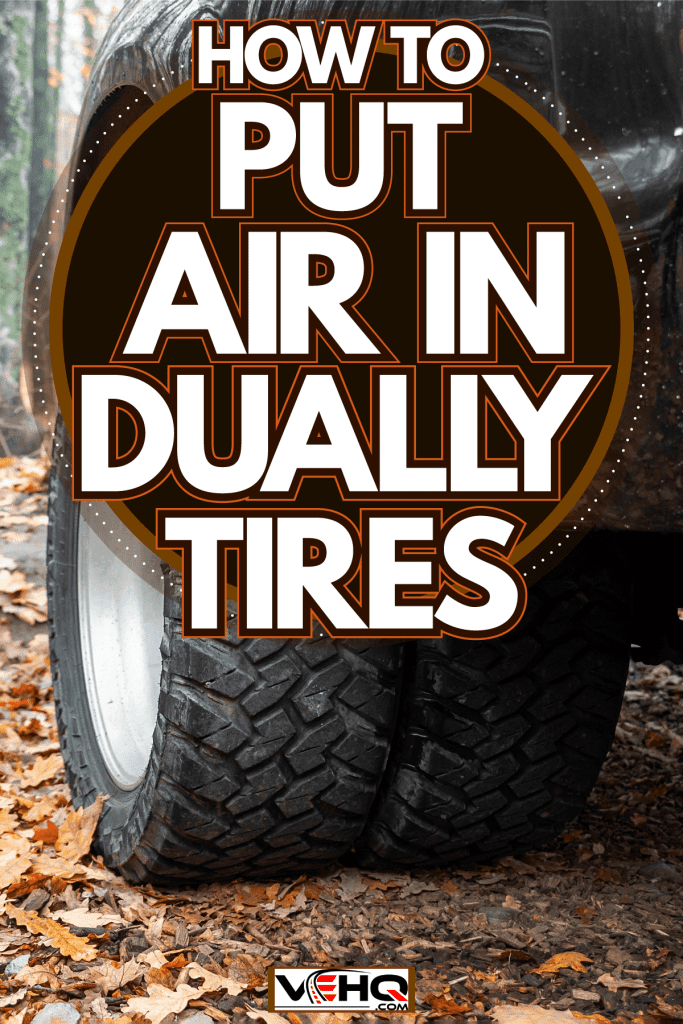
How do you inflate a dual tire?
Inflating a dually relies on the design of the mags or the wheels. They are the design of the rims of your vehicle. Some rims have easy access to their interior tire valve. Others require you to take off the hub caps and rim caps for you to reach the valve.
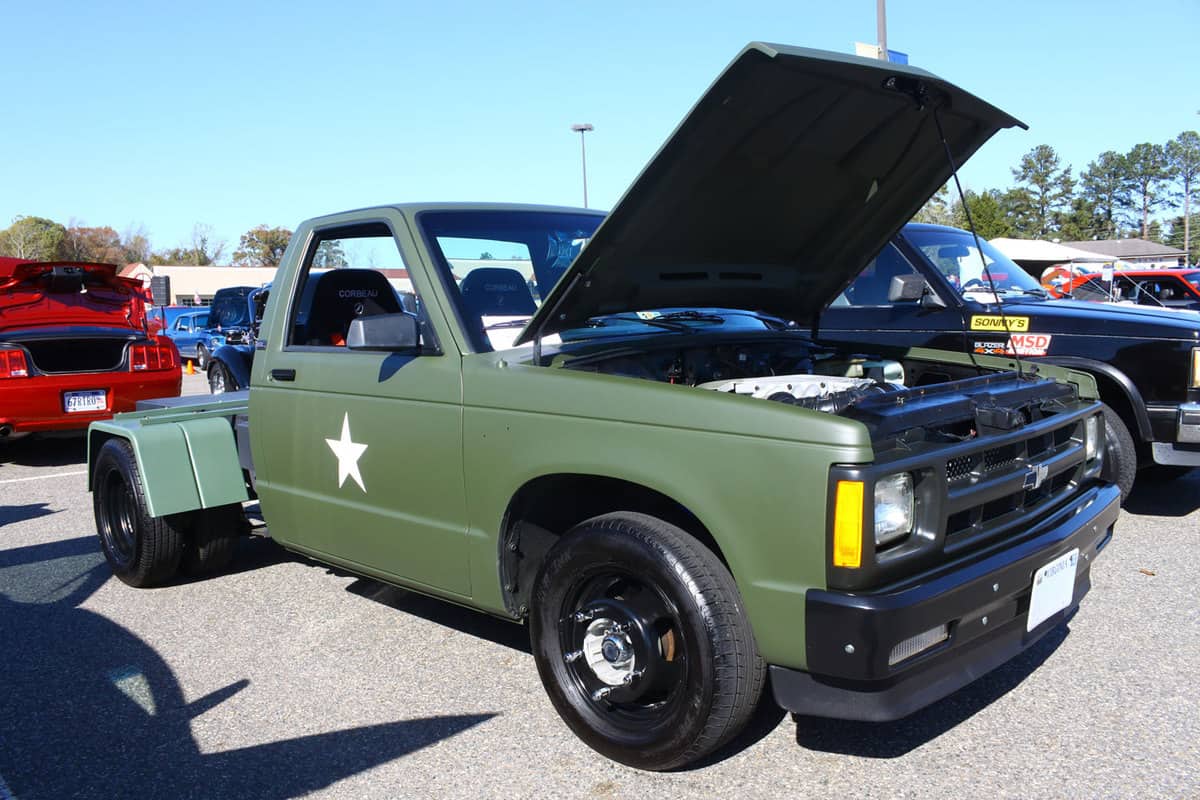
Since you are dealing with two tires, reaching for the inner tire can be challenging, especially if the gaps in the rim design do not allow you to reach it without taking off the outer wheel.
In cases like this, special extenders are used to make inflating easier. They are installed directly on the valve stem of both tires. This makes it easier to access as the extenders bridge the gap of the valve stems to your reach.
Click here to see valve extenders on Amazon.
Dually tires designs are different from non-dually as the outside tire's stem valve is facing inward and is usually covered by the rims. That is why valve extenders make it easier to access because it brings the valve outside.
You can also use a tire pressure monitoring system [TPMS]) sensor to continually and easily monitor the tire pressure of your tires. These sensors relay real-time data of how much PSI is on your tires. More on tire PSI in the next part.
Click here to see TPMS sensors on Amazon.
Some dually owners opt to change their rim design to have access to their valve stems easier without using valve extenders. This is another option for you but is more on the expensive side of things.
The video below illustrates how to put air in a dually by removing its hub caps.
What PSI should my dually tires be?
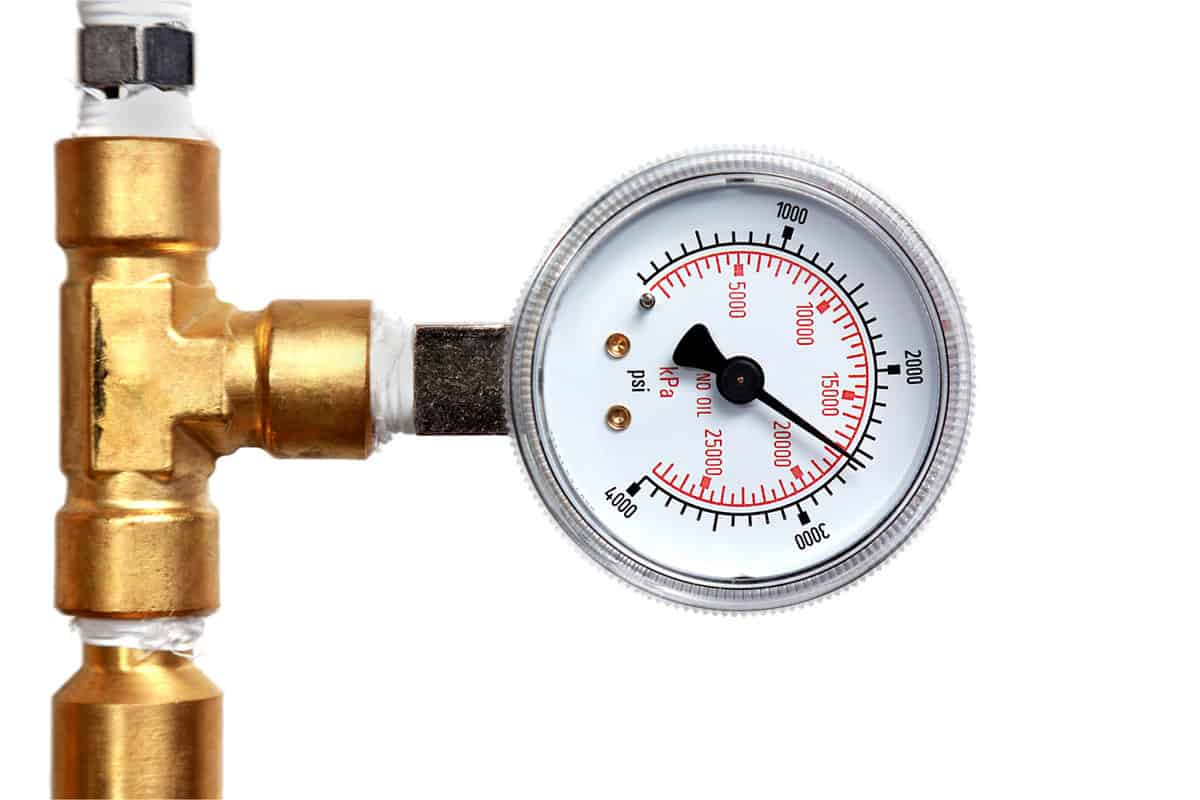
Your tire's PSI is the unit of measure of the air pressure inside them. Having the correct tire pressure can make the difference between a good and smooth ride or a rough and bumpy one.
PSI dictates the ride quality that you have and your safety. If you have too much or too little air in your tires, there is a chance that you will puncture your tires. A flat tire while driving at high speeds can be very dangerous and cause accidents. This can endanger you and fellow motorists on the road.
Your PSI depends on the load of your truck. If you are empty and just cruising around, a recommended 70-80 PSI would be ideal. While if you are carrying or towing huge and heavy loads, a PSI of 120 would suffice to compensate for the heavy payload.
Refer to the recommended PSI limit embossed along the walls of your tires. Manufacturers set limits where you can only inflate a certain amount of air pressure to their tires.
How do dually tires work?
Dually trucks are specifically designed to be work trucks. They are for carrying heavier loads than trucks with only one wheel on each side at the rear.
The same principle with non dually trucks still applies. The difference is the wheel studs are longer so that the lug nuts can secure both the inner and the outer wheel.
Dually trucks are subjected to heavier loads. The increased surface area the truck is in contact with via the two wheels instead of one creates a more stable feeling while driving. It also helps support the weight being carried or towed by the truck.
How often should dually tires be rotated?
This depends on your usage and on the brand you are using. If you are on a daily racking up miles while towing or loaded with significant weight, the number of times you will be rotating your tires is more often than those who don't.
But in general, the average mileage before rotating your dually tires is usually in the range of 10,000 miles. Now, this is a conservative estimate. Many variables will have to be accounted for; sometimes, the number of miles will be shorter or longer.
Variables such as road condition, type of usage, and workload will all be taken into account. That is why regularly checking your tires is very important. It will save you from unnecessary problems brought about by uneven balding of your tire threads, but it will also prevent accidents.
You can also check if your wheel alignment is correct during an inspection. Misaligned tires can cause immature balding for your tires. You should immediately address this as it can cause you to need to change your tires more than expected.
Which is better - Dually or non-dually
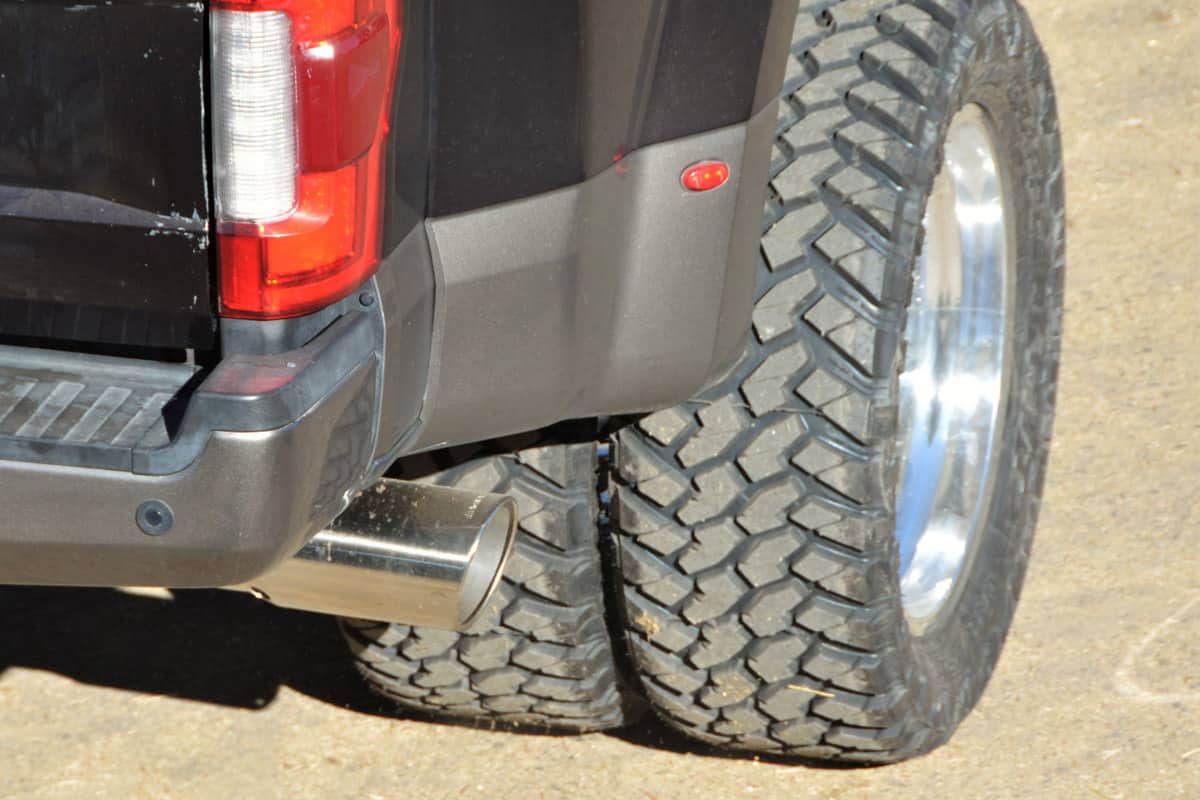
Determining which type of wheel system for a vehicle depends on what you want and what you are looking to get from your vehicle.
Both dually and non-dually vehicles have their pros and cons. For the non-dually, it is much less maintenance. This is obvious because it has fewer wheels, resulting in lesser maintenance costs. They are also a bit smaller, so parking is easier.
Some would argue that having a non-dually would give you a better turning radius for tighter and smaller driveways. However, today's truck innovations, a one-ton dually and non-dually, now have the same turning radius, some even better.
The dually gives you more power, more torque, and more stability. If you are carrying loads that are 20,000lbs and upwards, then having a dually will get the job done. If you notice, all heavy vehicles have two pairs of tires together at their rear. The benefits mentioned above are the reasons, so if there are more wheels, more benefits.
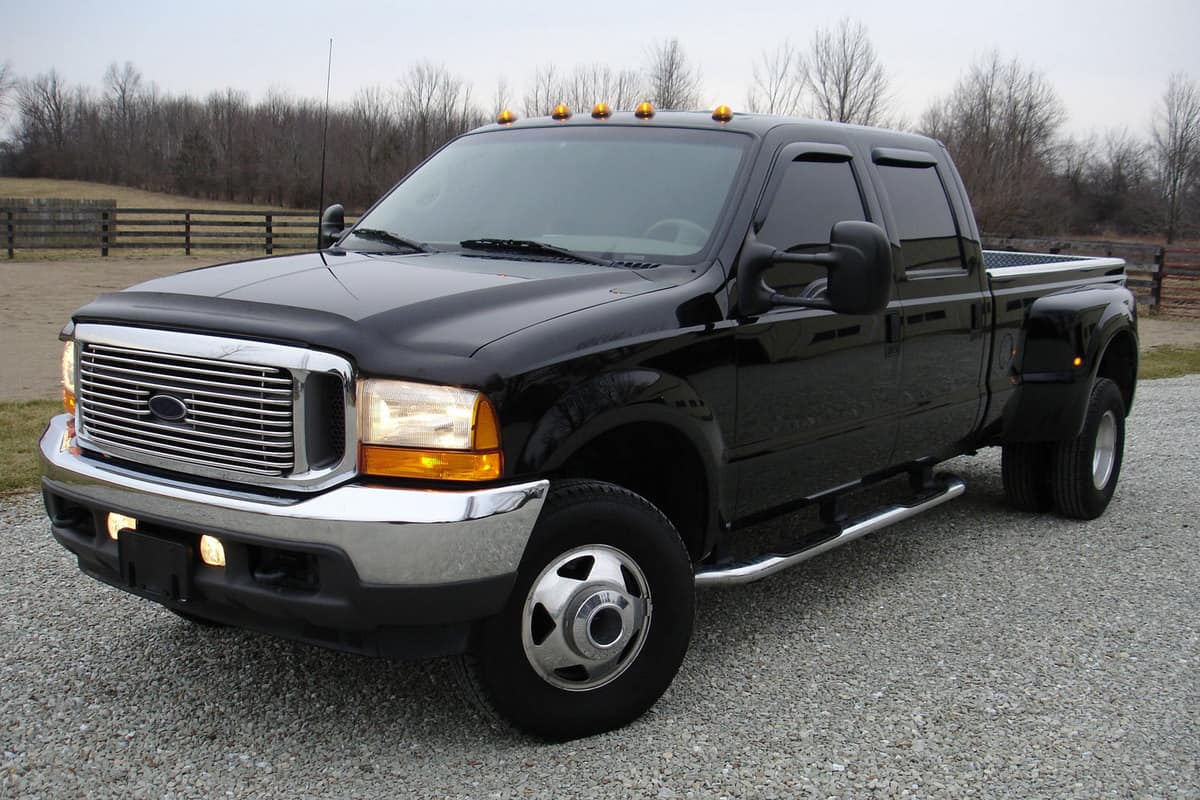
The downside is that the vehicle's dry weight is heavier than a non-dually. This means that the non-dually is more efficient regarding gas mileage.
The non-dually is also much easier to operate, lighter on the steering, and has lesser parts, making them much easier to work on for DIY upgrades and repairs.
It is imperative to know what you will be doing with the vehicle. Having more power but not needing it can be a waste of resources. We suggest that you study which system works the best for you. But overall, if used correctly, both systems will serve you amazingly.
Can you off-road in a dually?
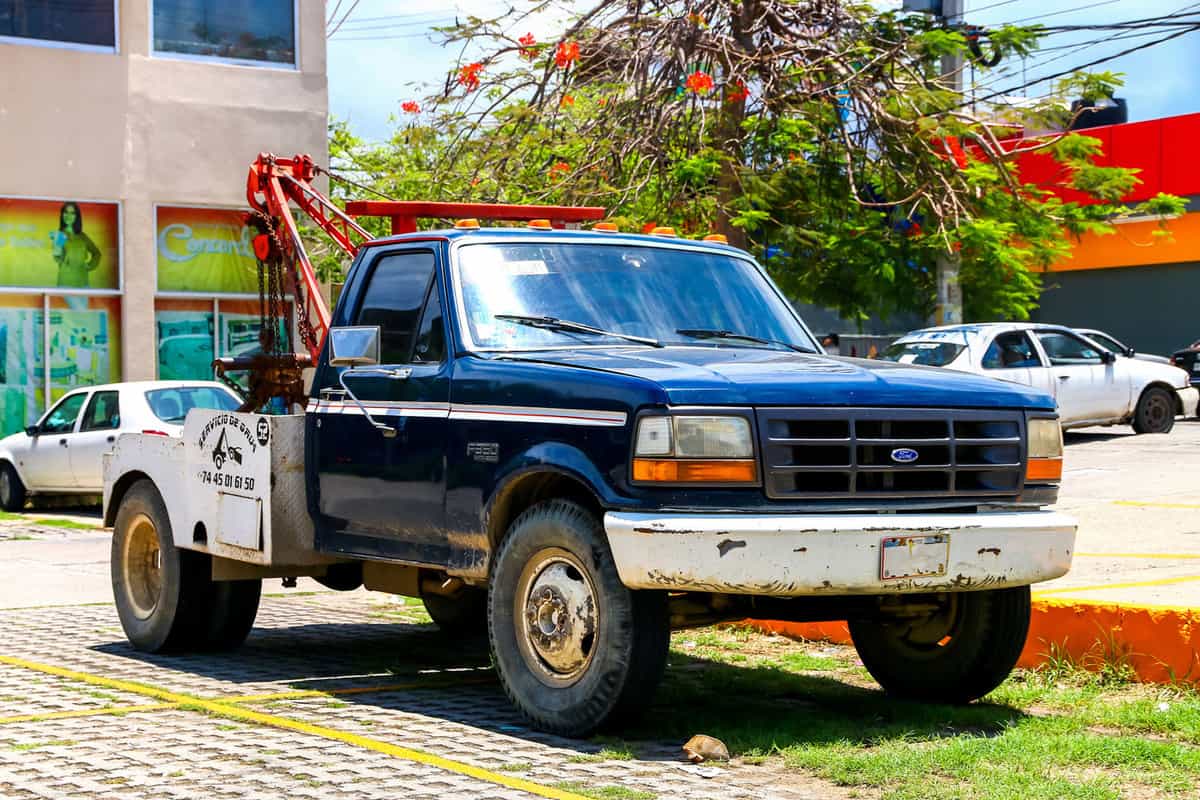
Yes, you can do off-roading with a dually. With the proper modifications and upgrades, there is no reason why you could not go off-road with an already very capable vehicle.
Dually trucks are high-powered and high torqued, both requirements for off-road vehicles. That is why they can be a great candidate for adventure beyond the paved path.
Although there are some drawbacks as they are not explicitly designed for off-roading, their size might be an issue as they are wider than a normal 0ff-roader.
A summary
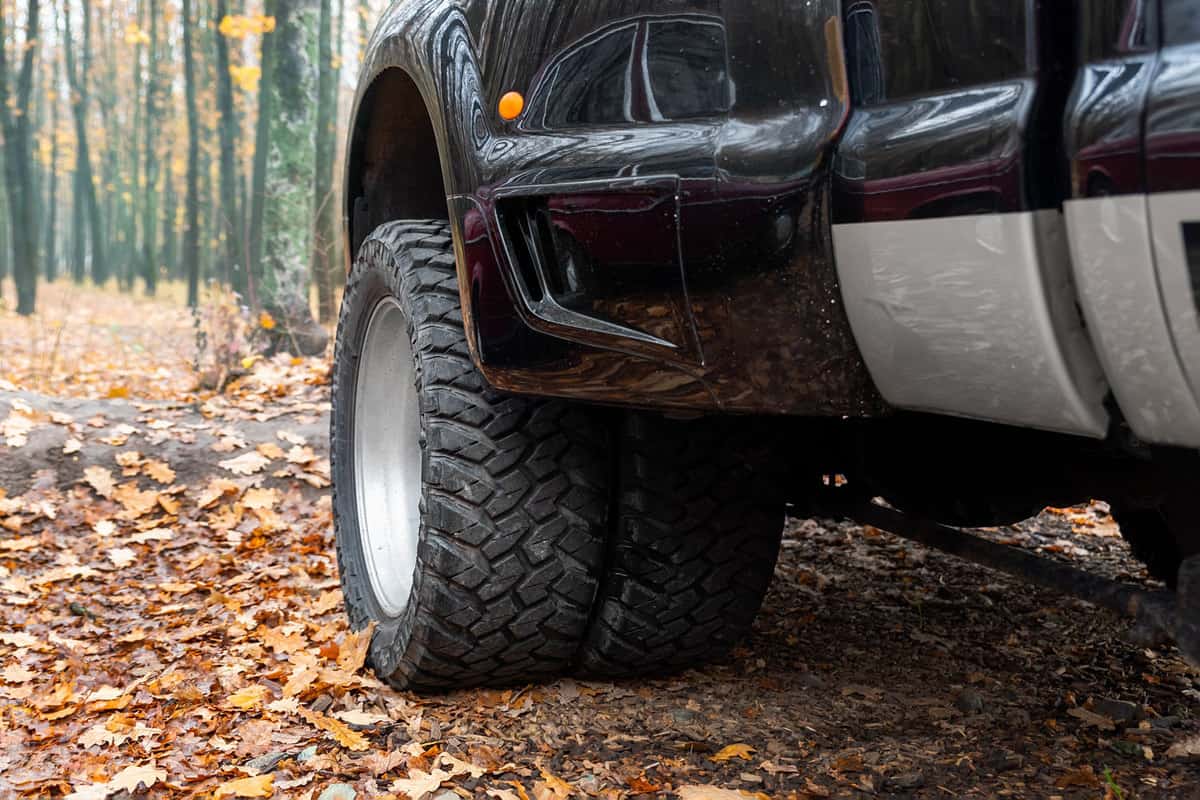
Putting air in regular tires is different from duallys. They are much more challenging. Luckily there are multiple ways that you can air them. Some are easier than others, but it is up to you if you will choose the easy one or the hard one. Dually trucks are much more capable than non-dually, but both have their own advantages and disadvantages.
Here are related articles we have previously written. Go check them out.
Can You Put Regular Wheels On A Dually?
How To Convert A Truck To A Dually
What's a Dually Truck (And Do You Need One to Tow a Travel Trailer)?


